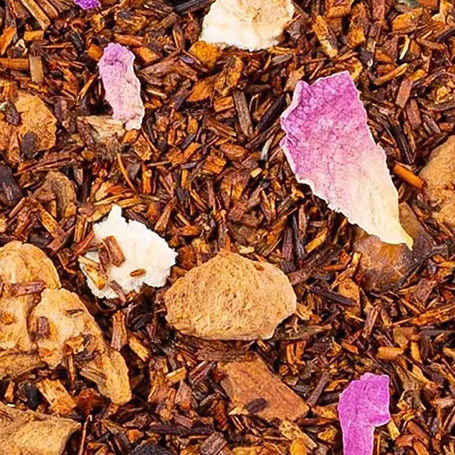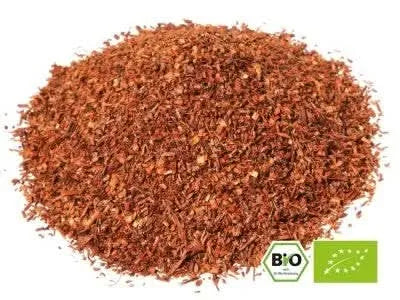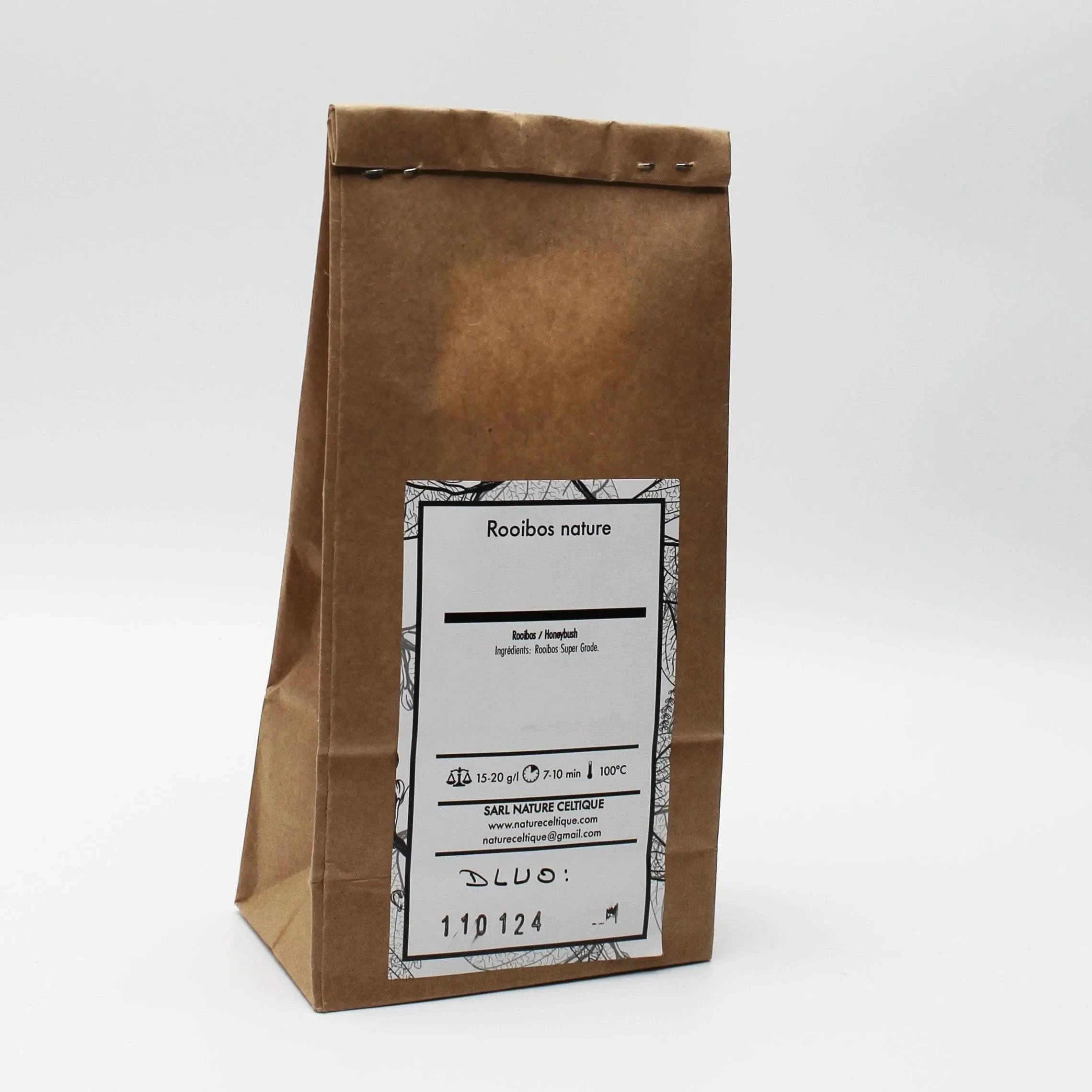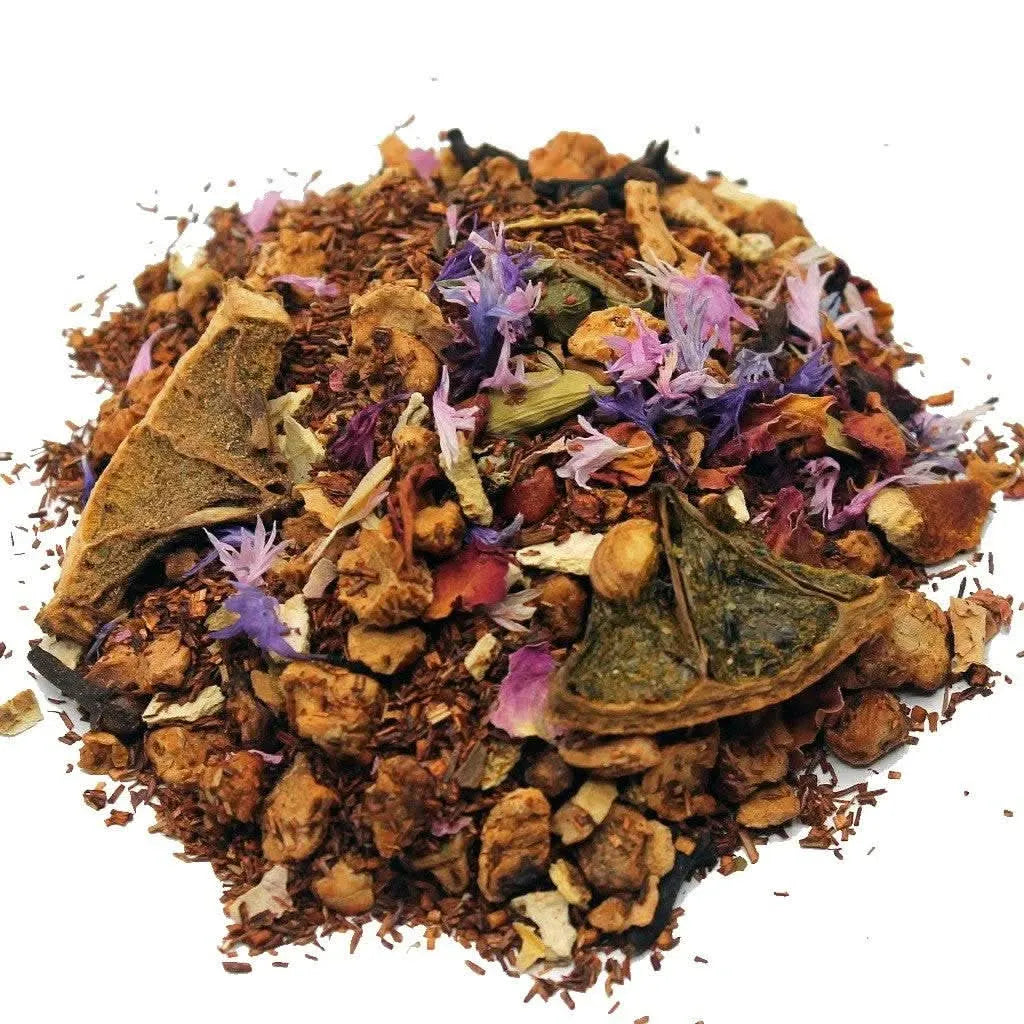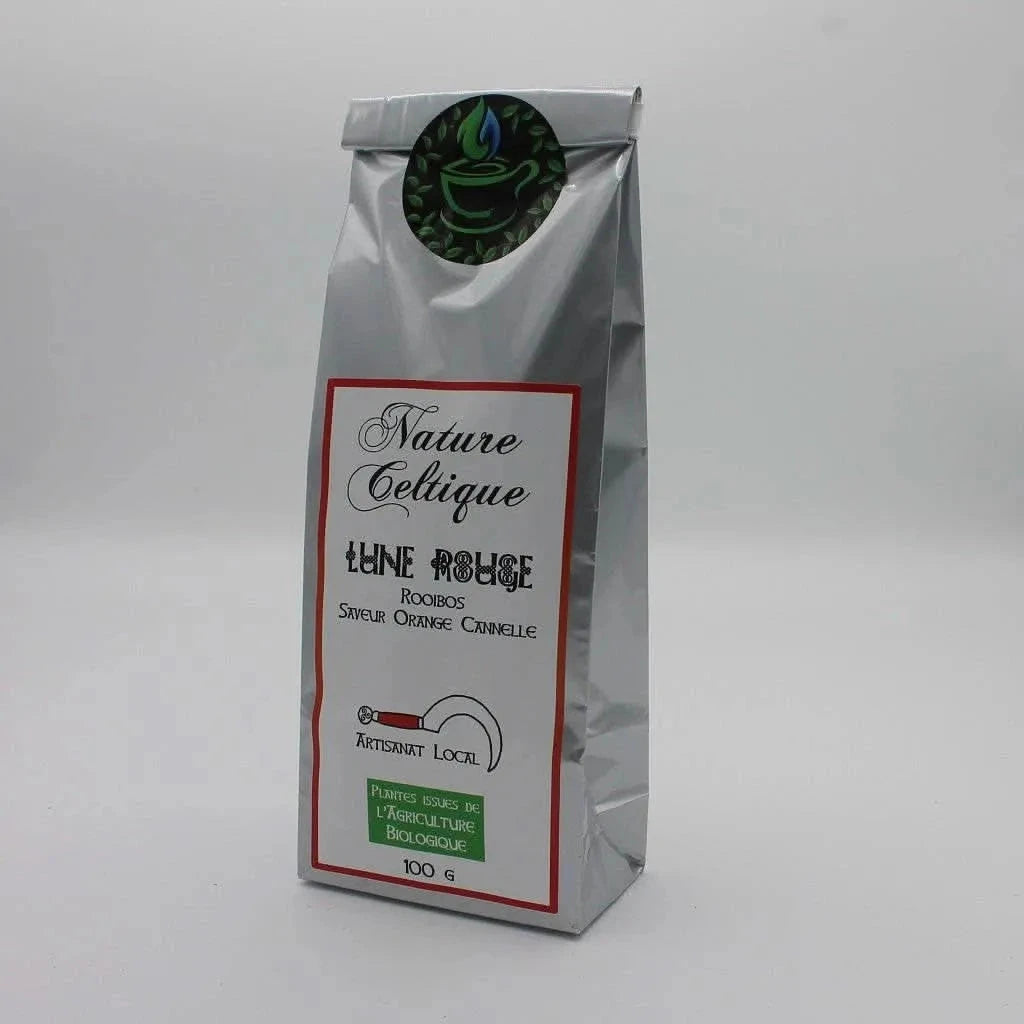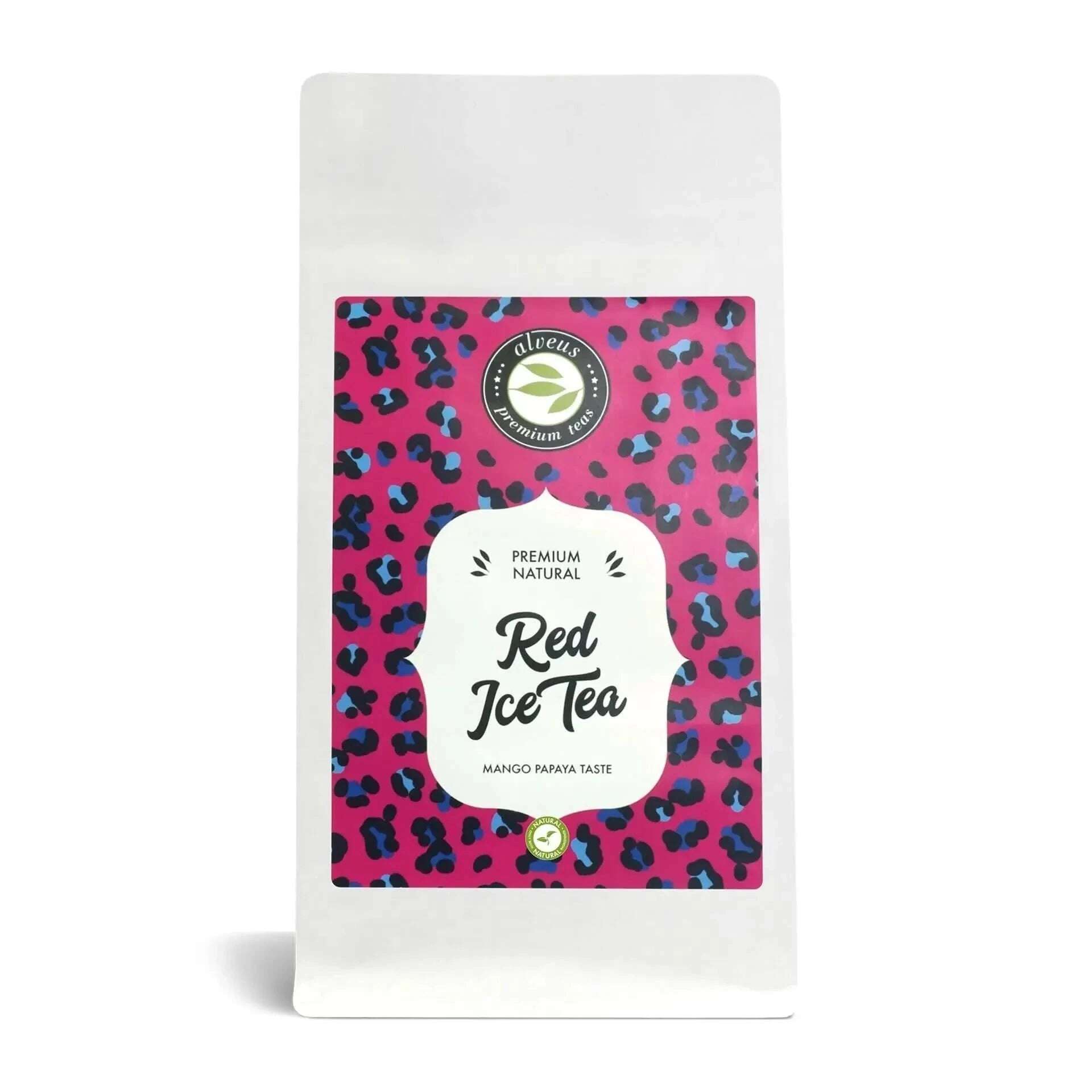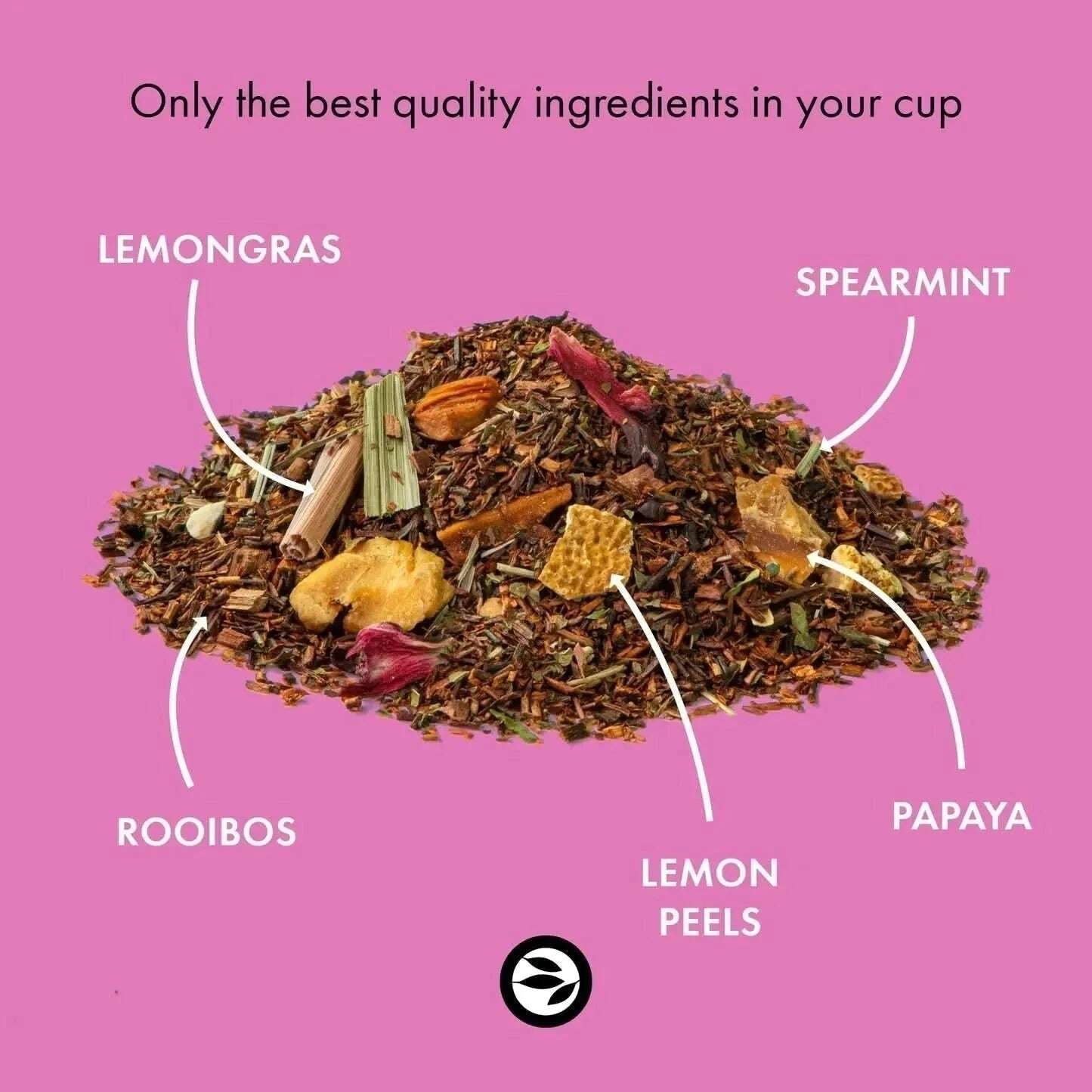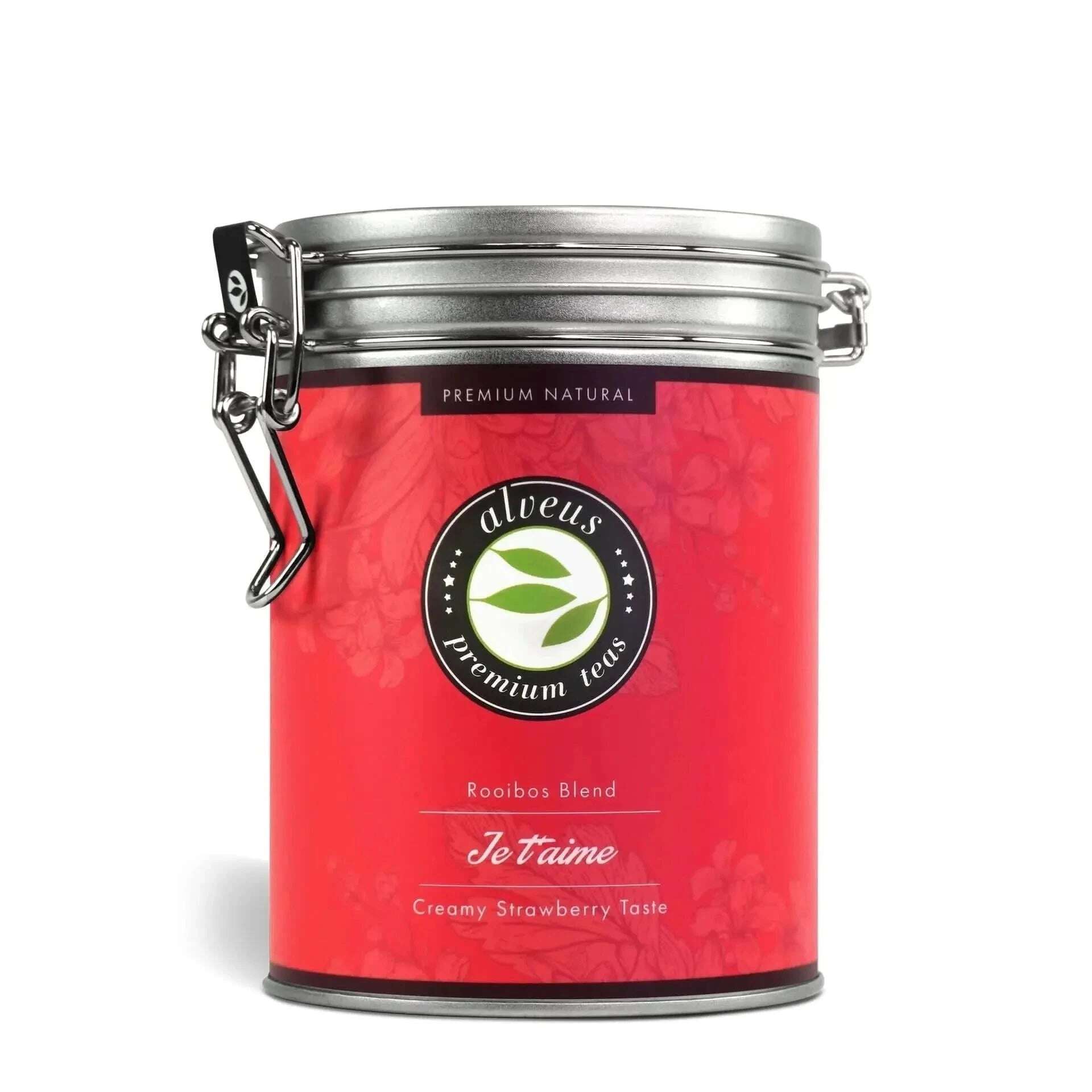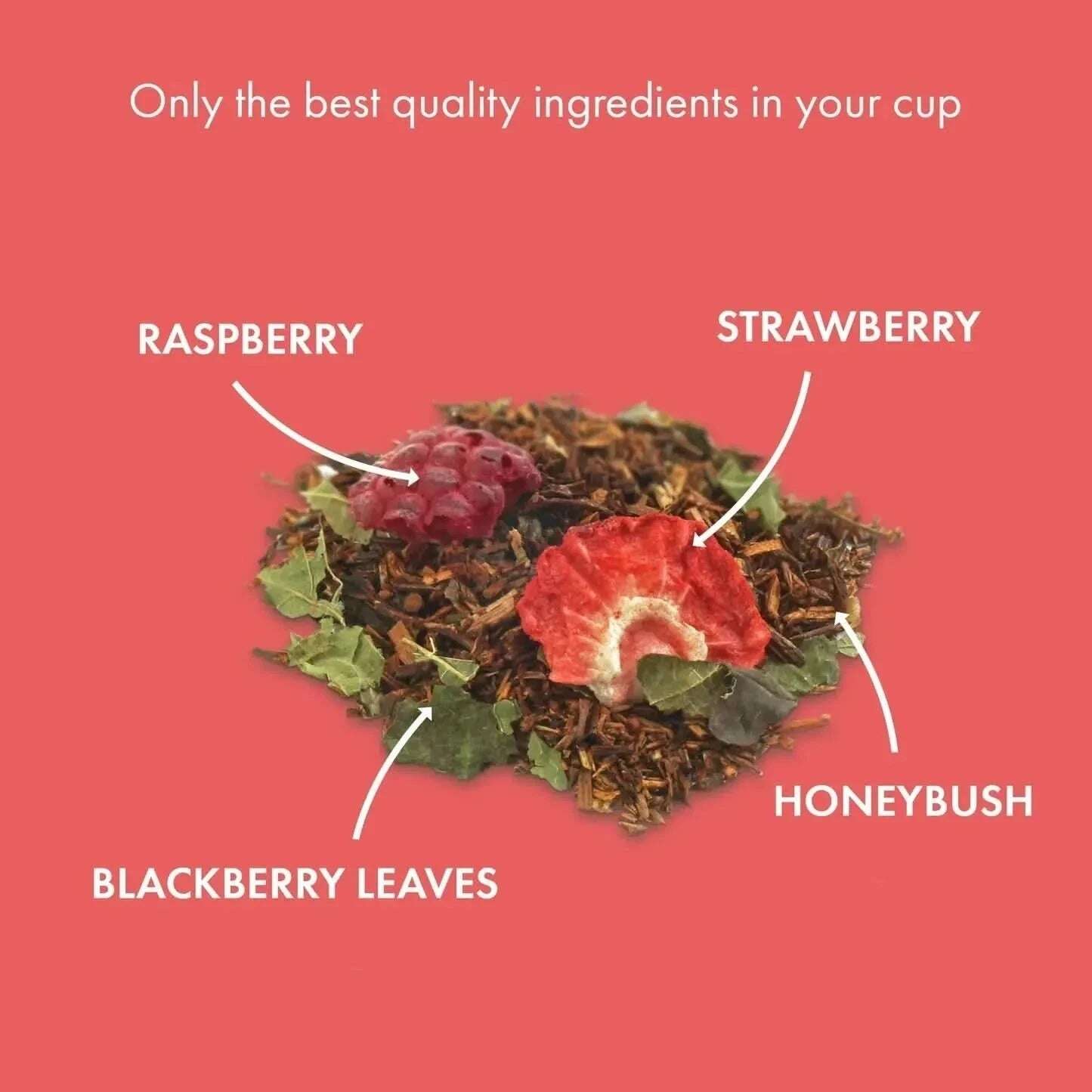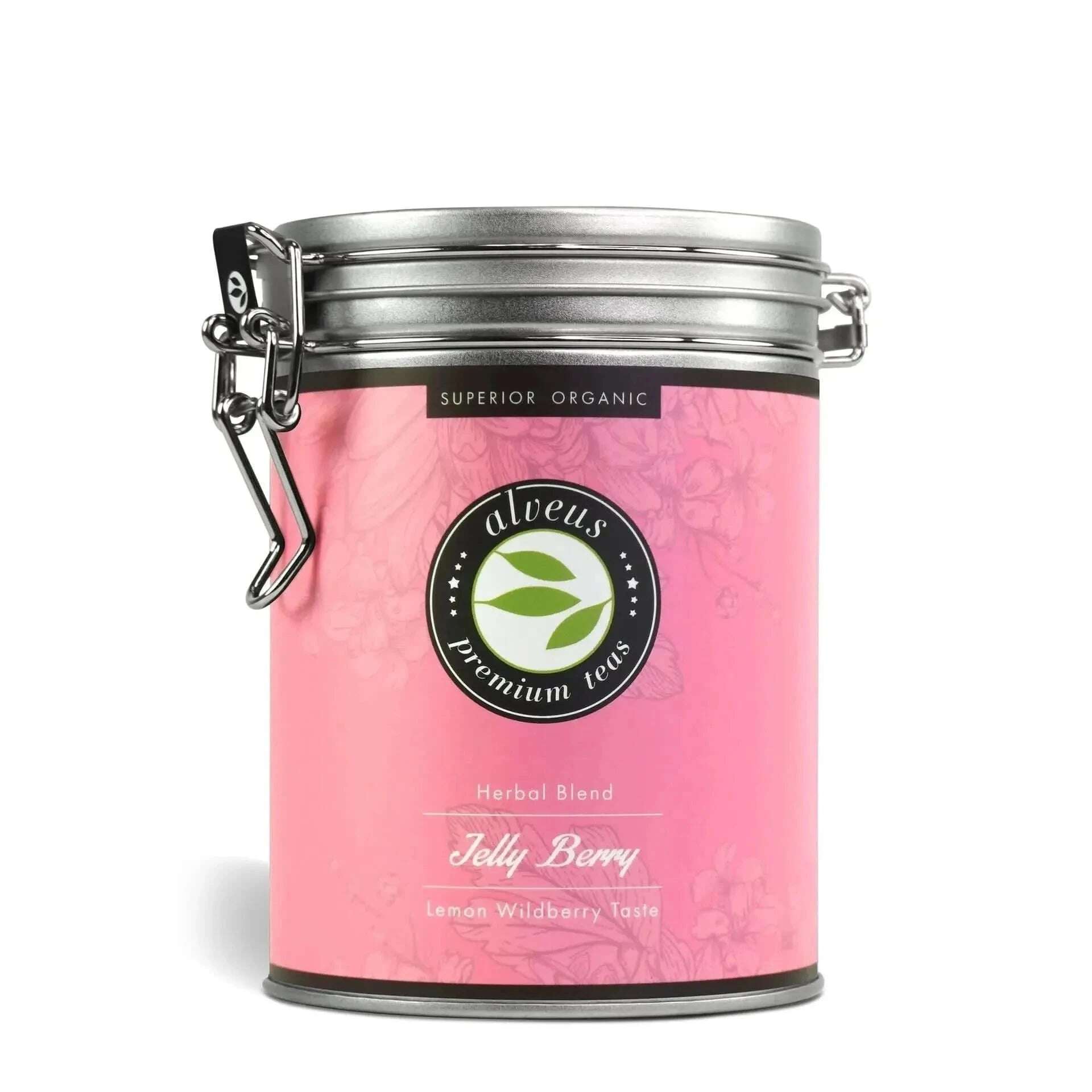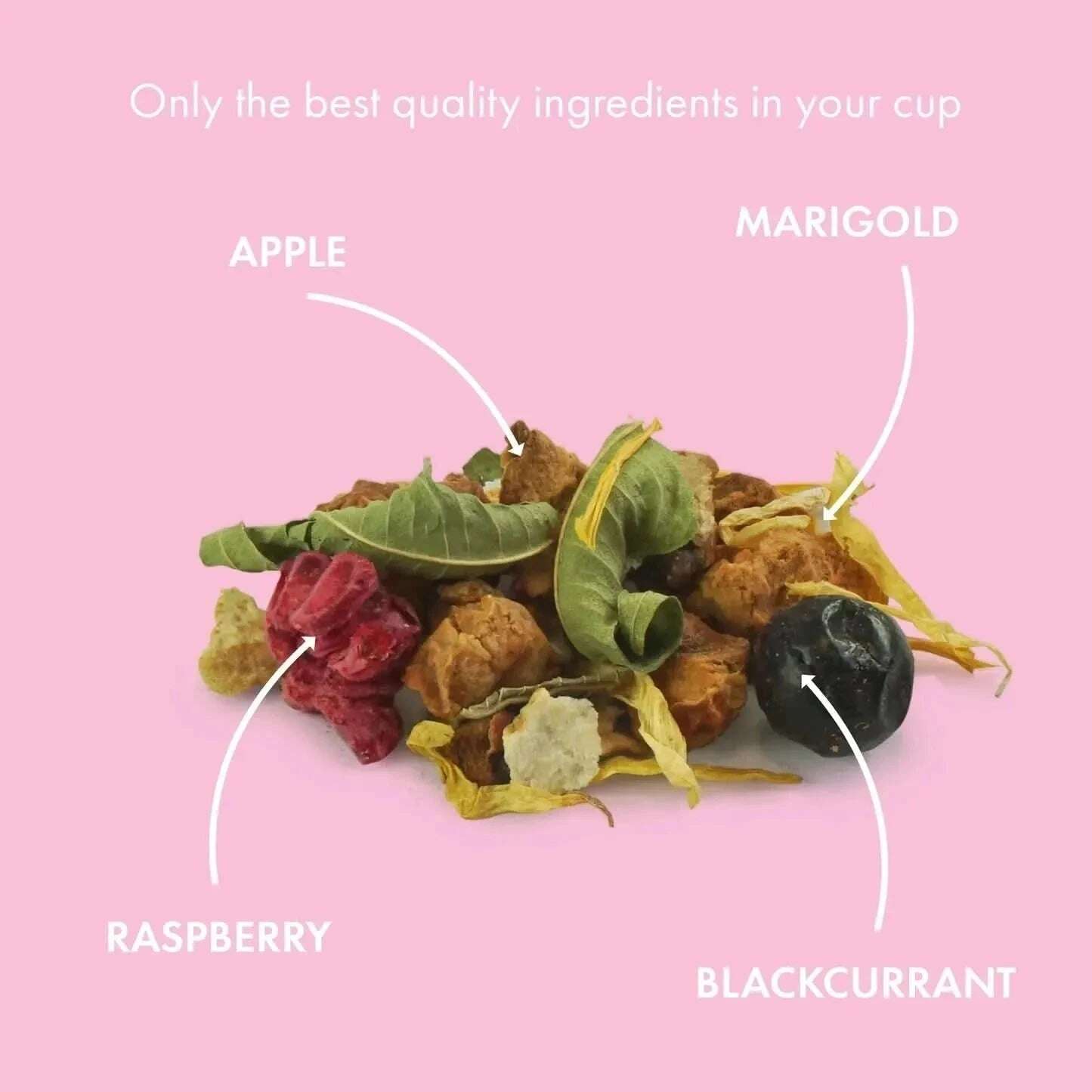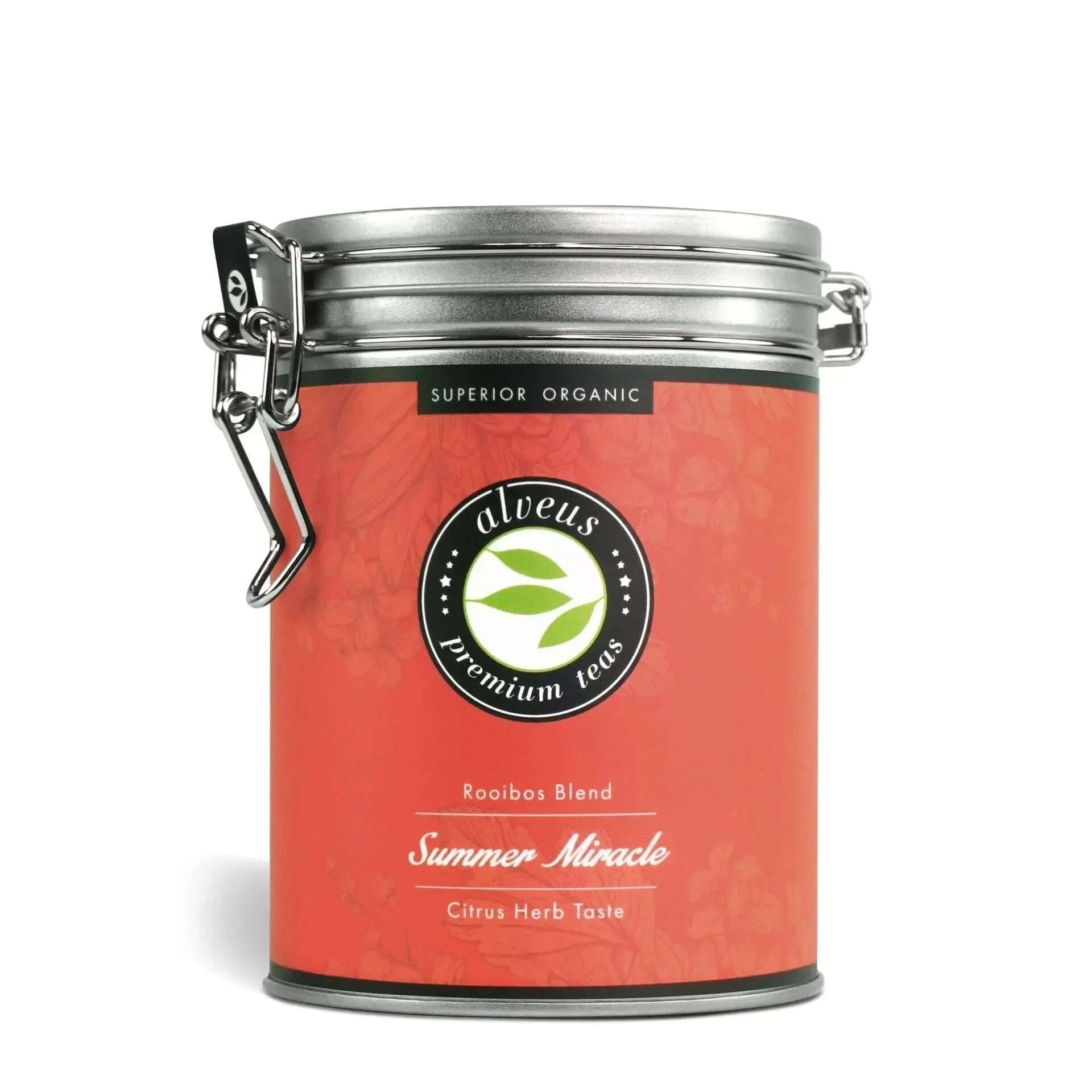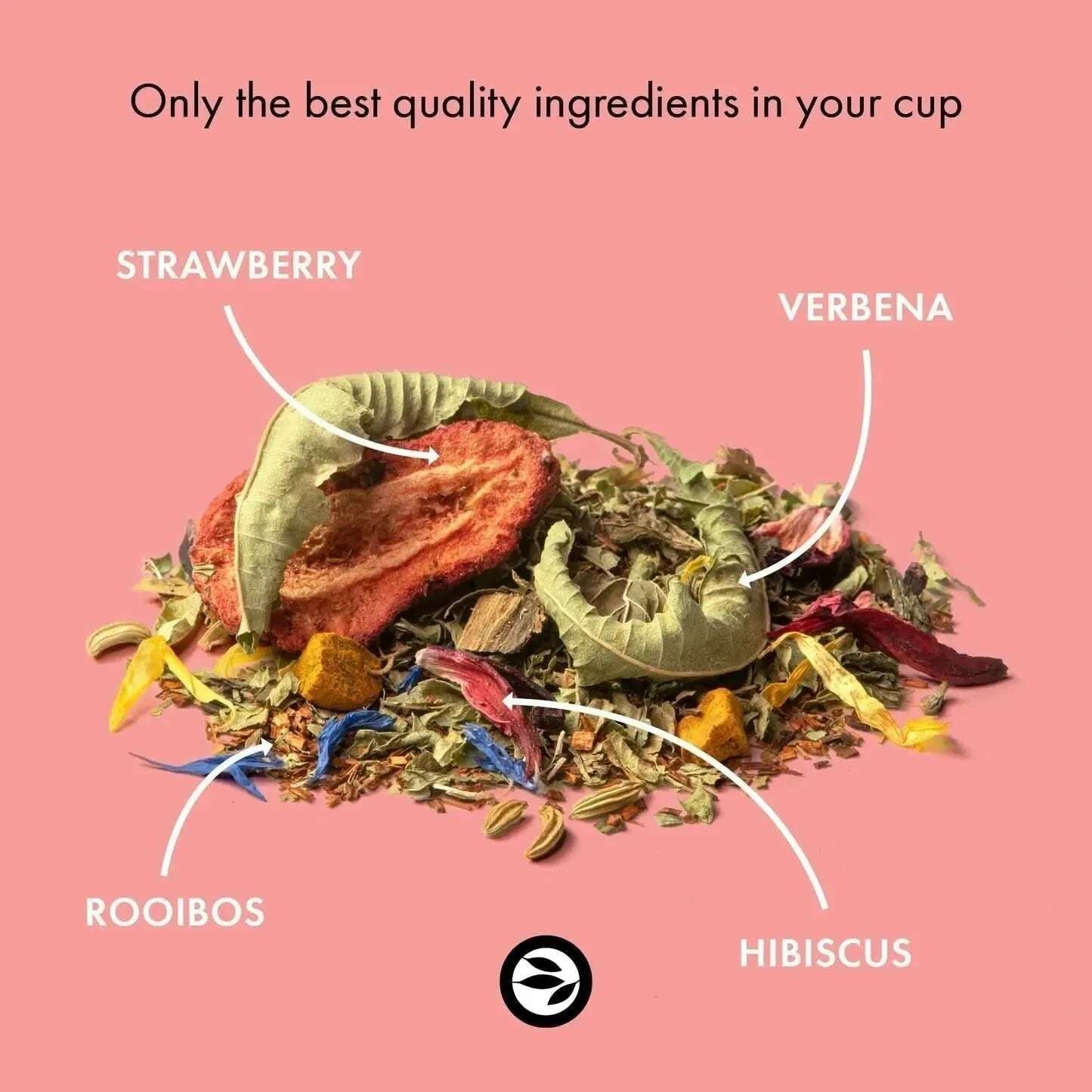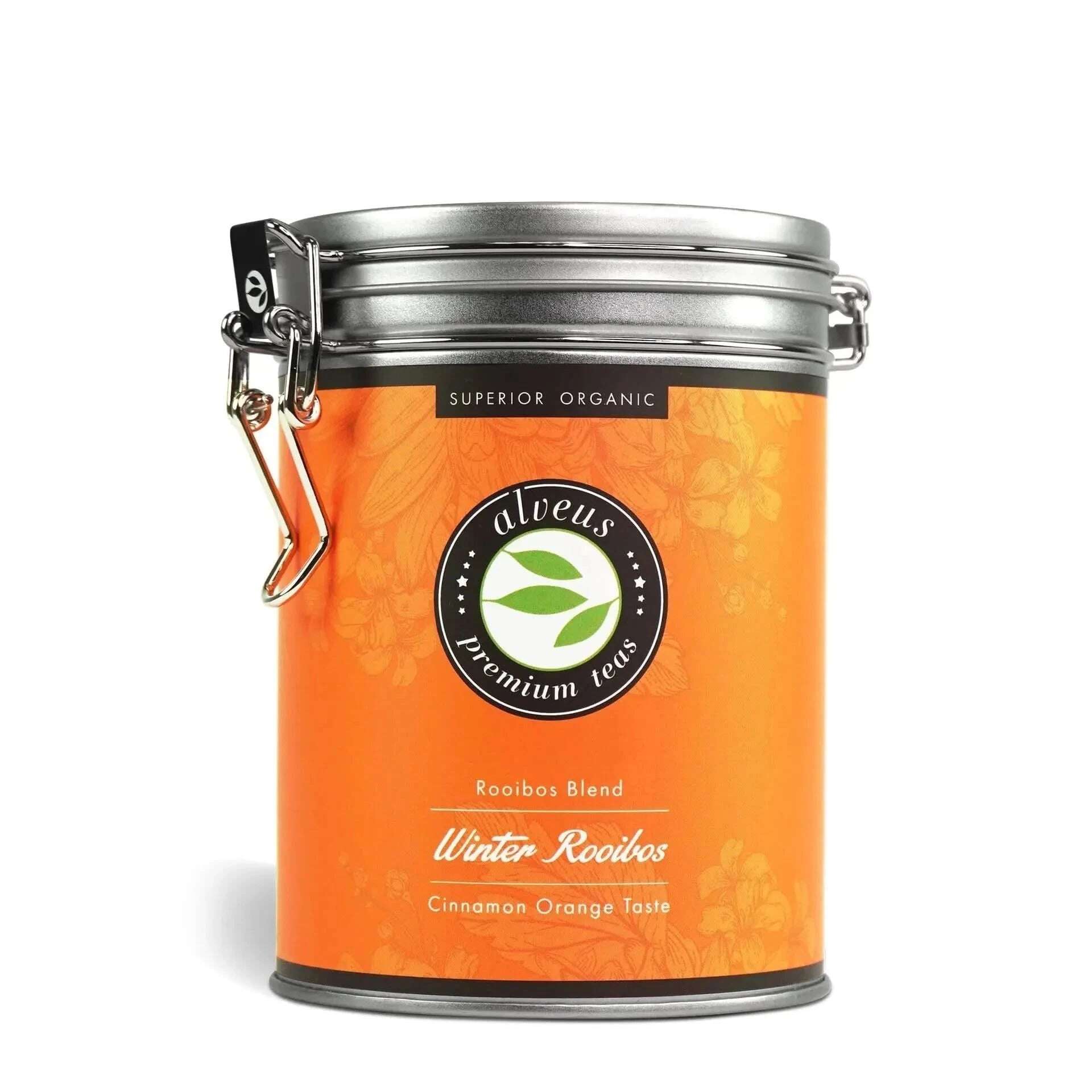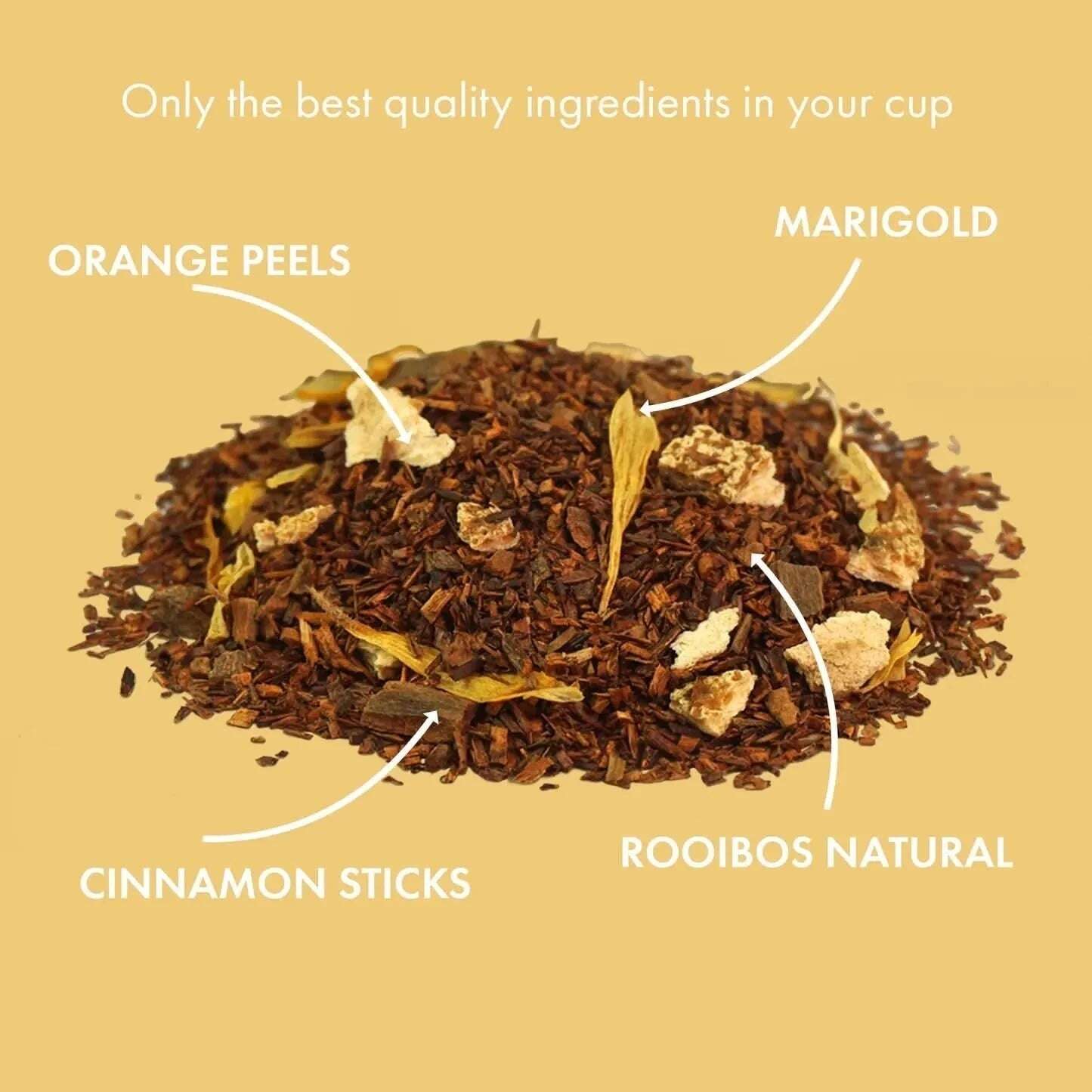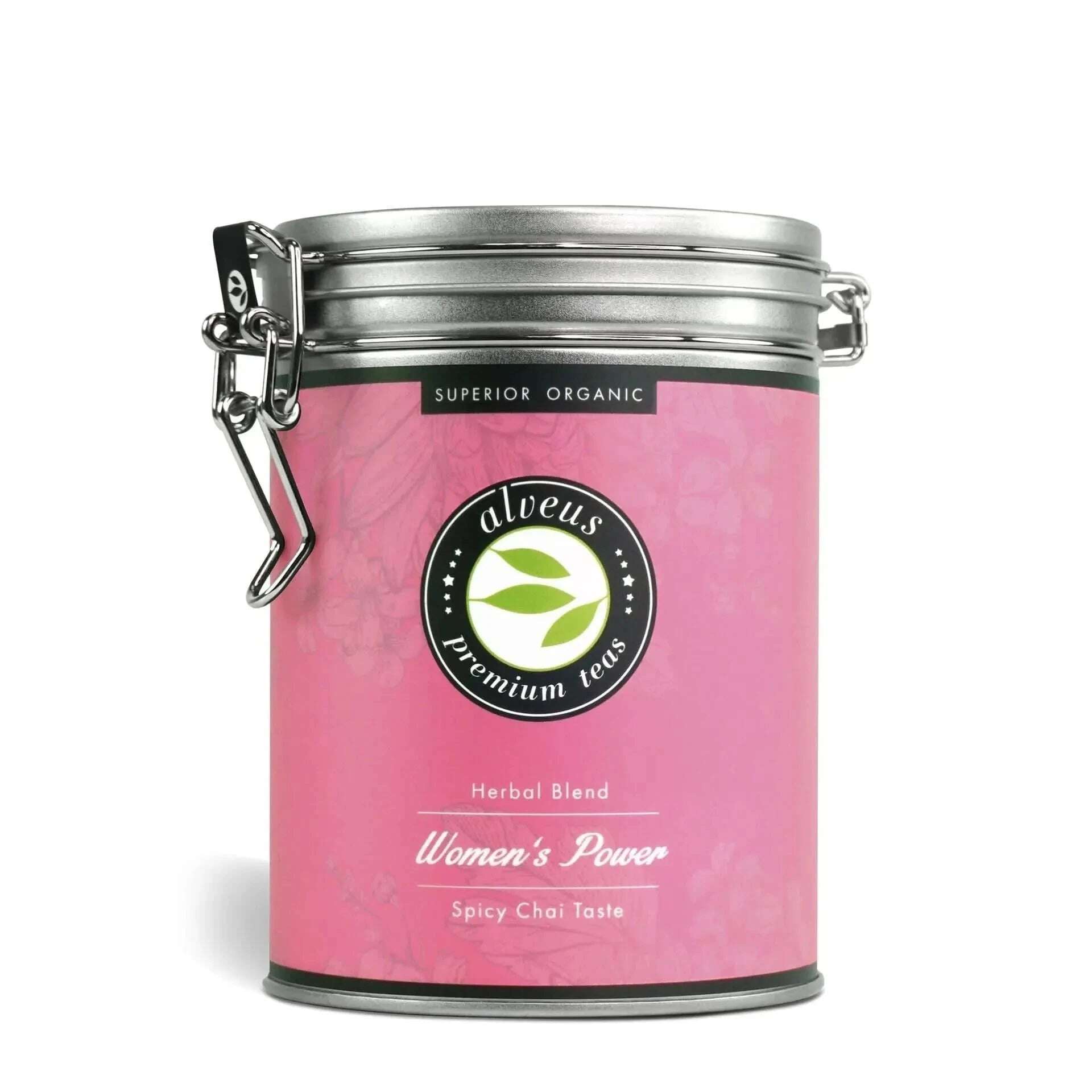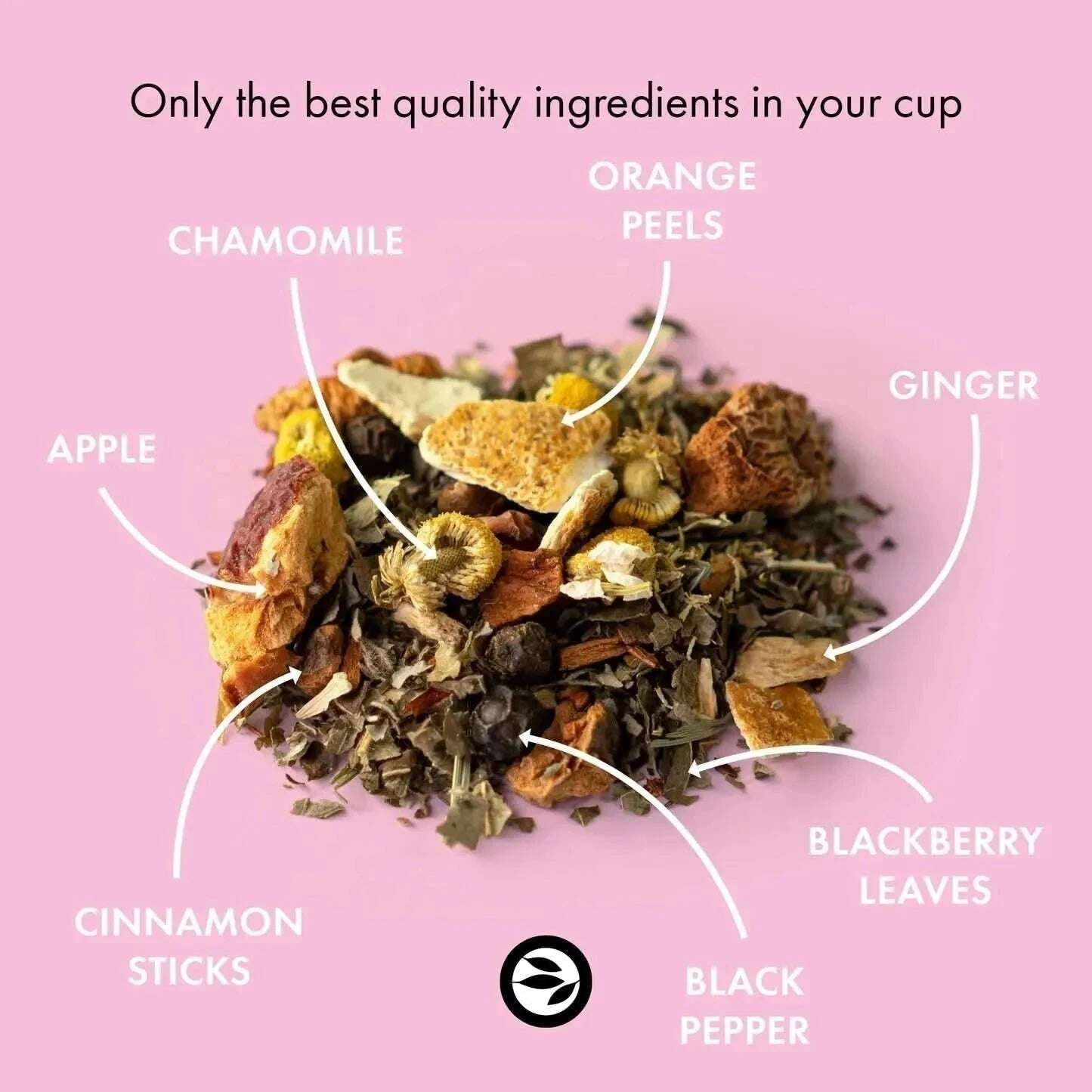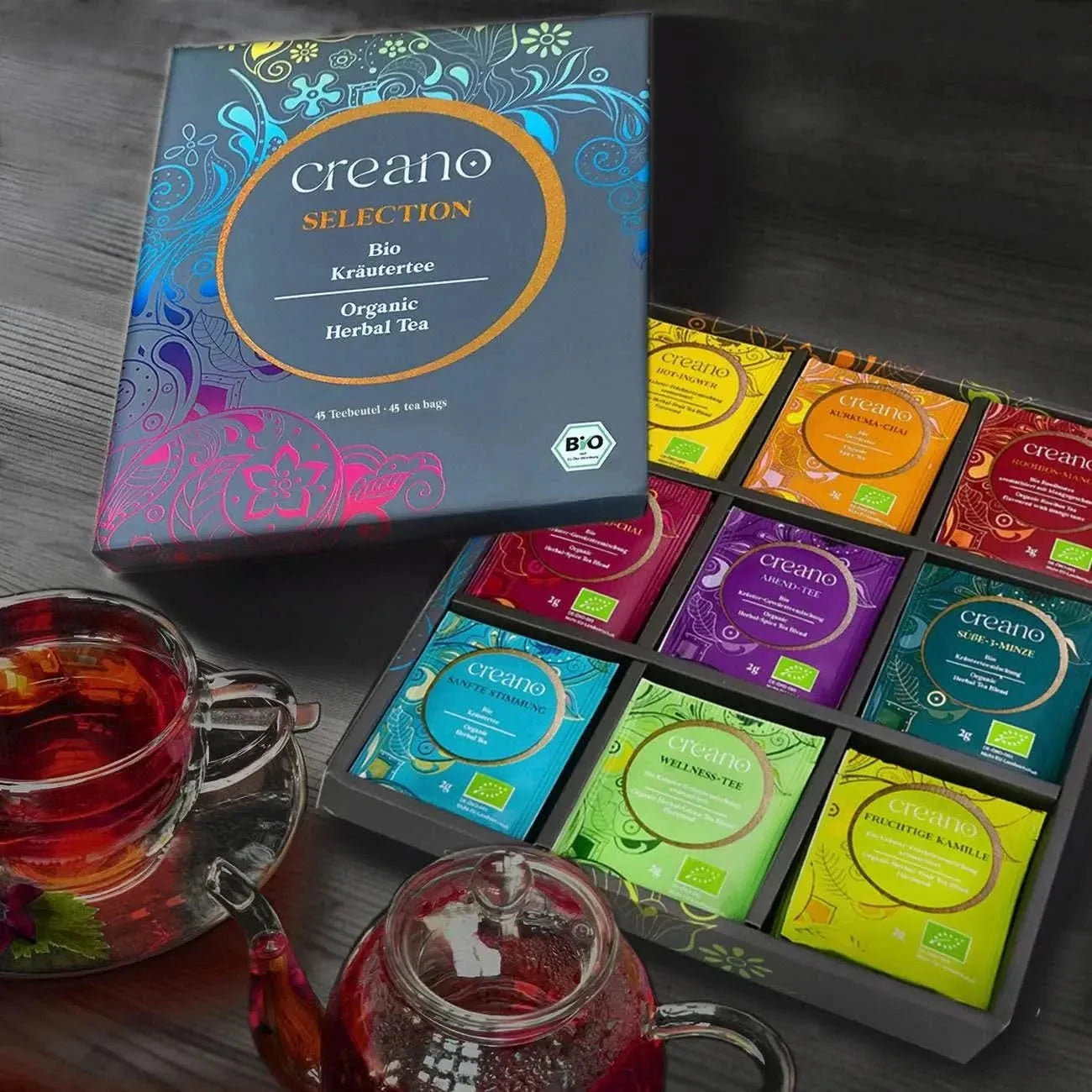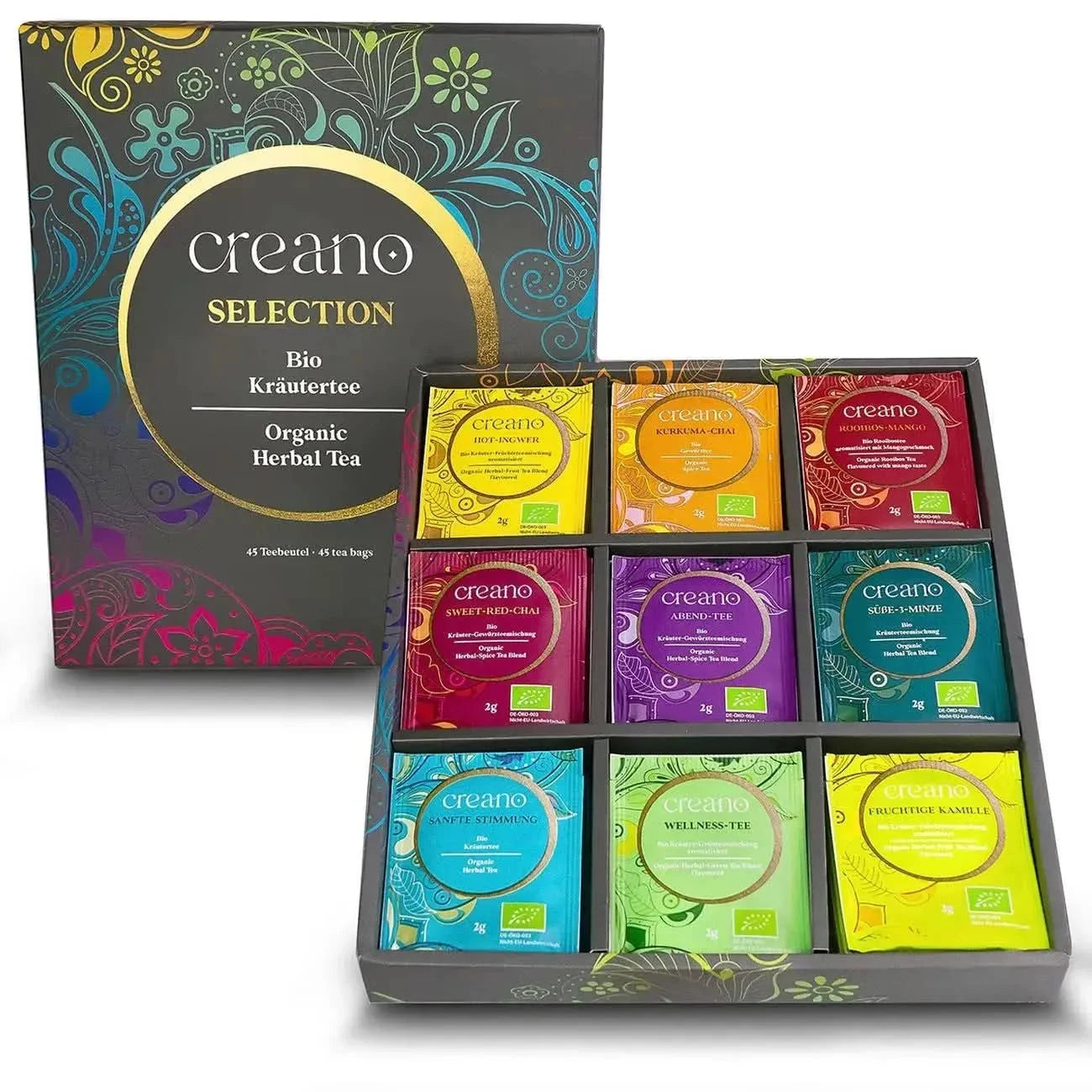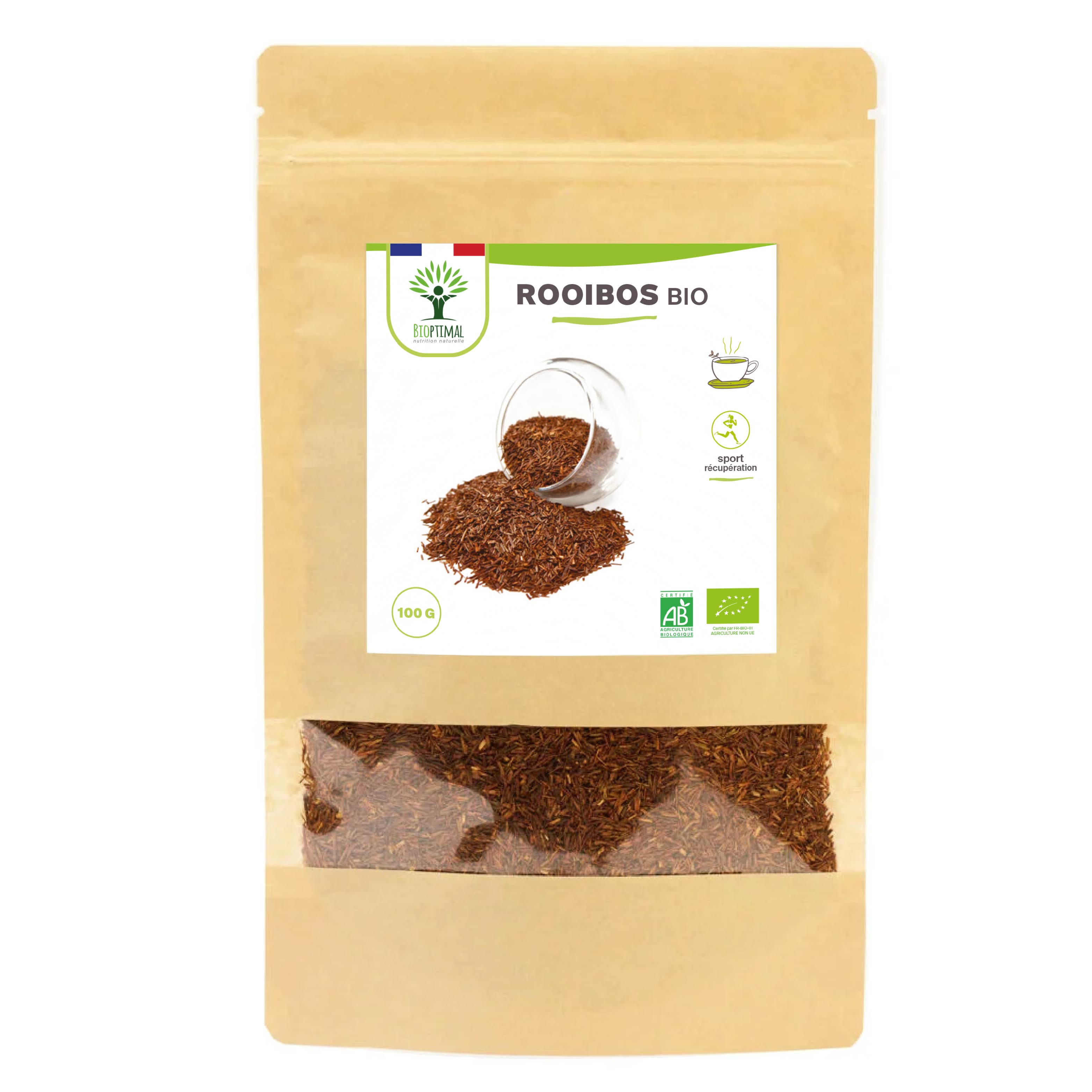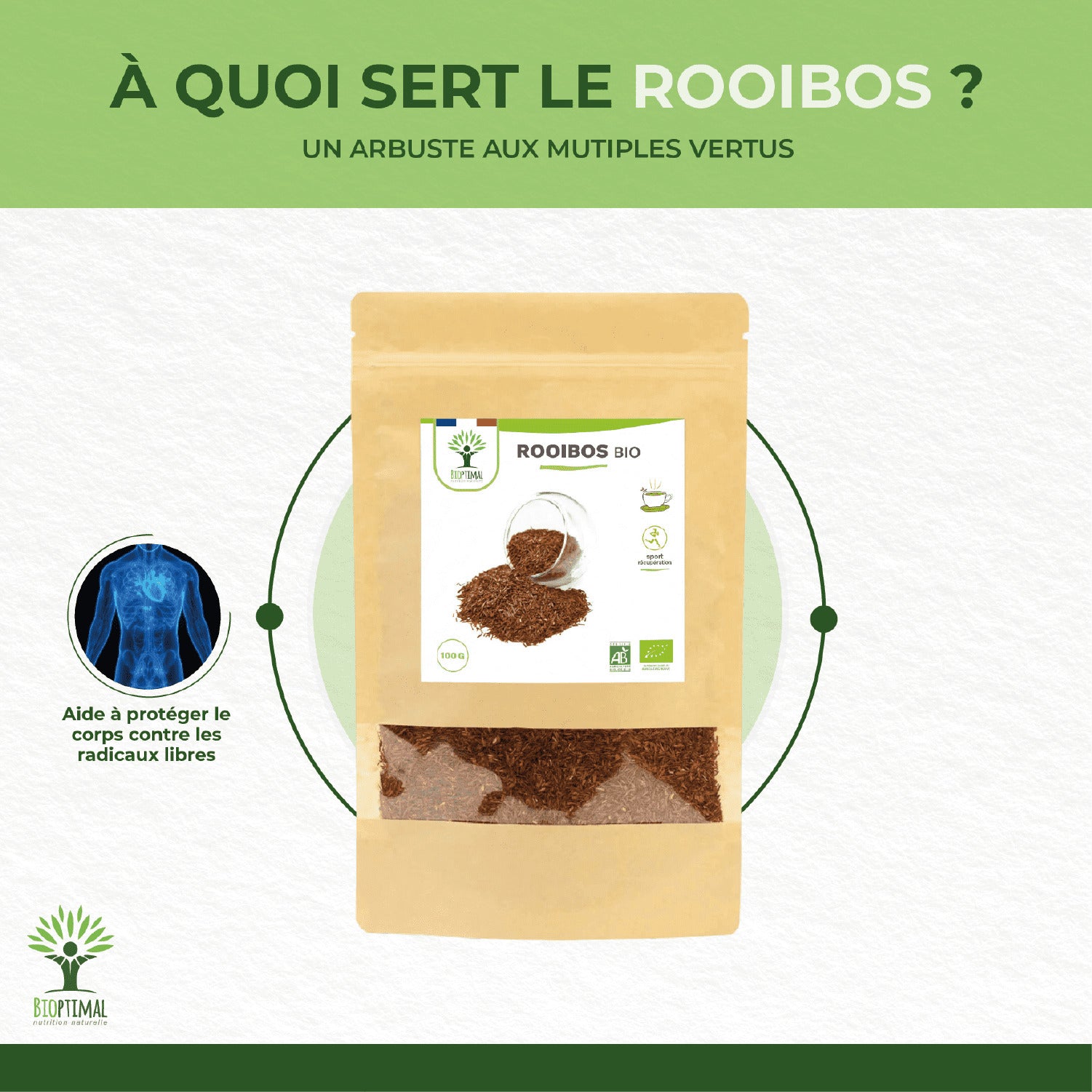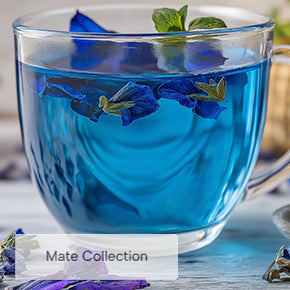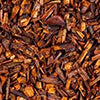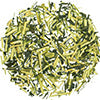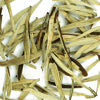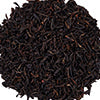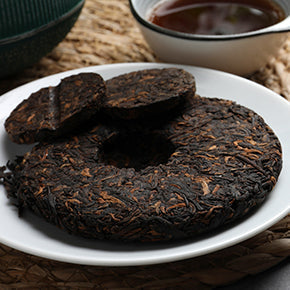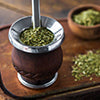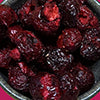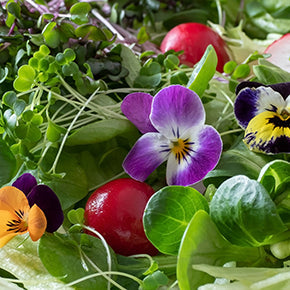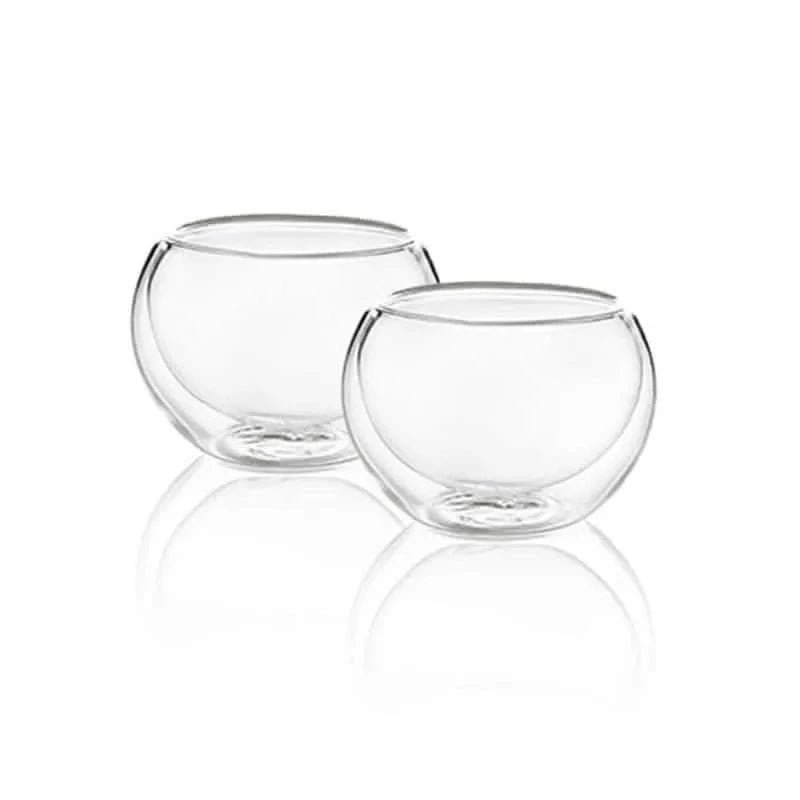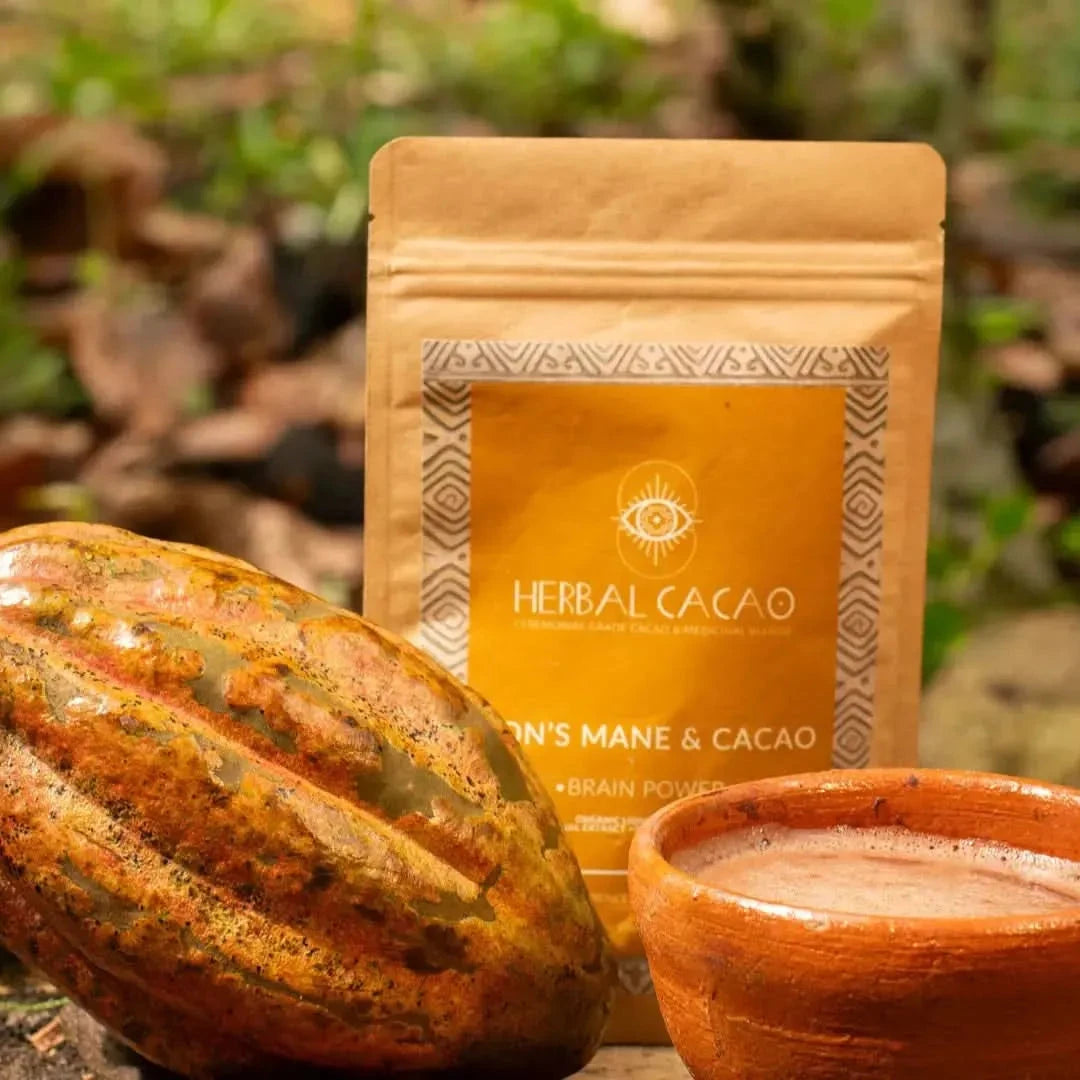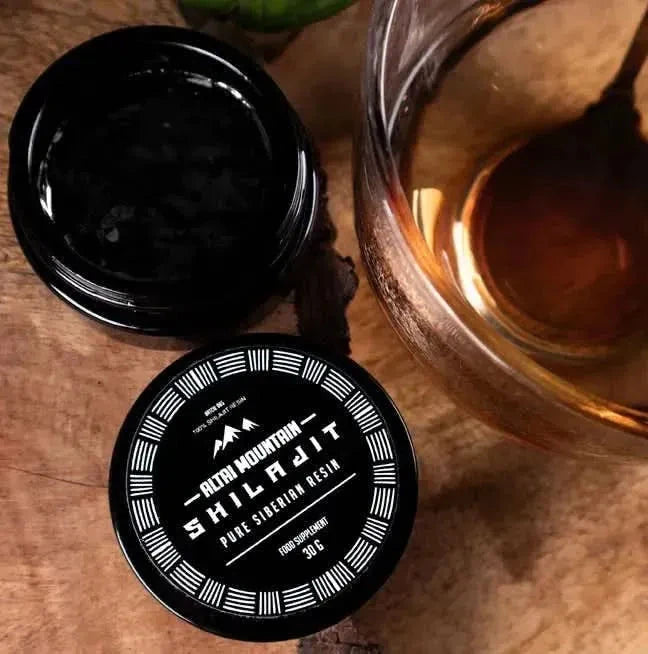Rooibos & Honeybush
Filter
Sort by:
Description
Indigenous South African Botanicals: Technical Properties and Applications
Rooibos (Aspalathus linearis) and Honeybush (Cyclopia species) represent distinct botanical categories native to South Africa's Cape regions. These plants produce caffeine-free infusions through specific processing methods affecting compound preservation and extraction efficiency.
Processing Methods and Technical Parameters
Traditional processing involves controlled oxidation affecting polyphenol profiles. Rooibos oxidation transforms aspalathin to oriented compounds, developing characteristic color and flavor compounds. Temperature control during processing impacts final product quality and compound preservation. Unoxidized green rooibos maintains higher aspalathin levels through modified processing techniques.
Chemical Composition and Properties
Rooibos contains unique compounds including aspalathin, nothofagin, and oriented polyphenols. Honeybush provides specific flavonoids including mangiferin and hesperidin. Mineral content includes iron, potassium, calcium, and trace elements contributing to nutritional profiles. Processing methods affect final compound ratios and bioavailability.
Quality Assessment Parameters
Visual evaluation includes color development, particle consistency, and structural integrity. Oxidation levels determine color intensity ranging from red-brown to green for unoxidized materials. Aroma compounds indicate processing quality and proper compound development. Microscopic examination confirms material authenticity and processing standards.
Storage Requirements
Environmental control preserves material quality through temperature and humidity management. Protection from light prevents photochemical degradation of active compounds. Proper packaging maintains compound stability while preventing moisture absorption. Storage duration affects compound preservation and flavor stability.
Types
Traditional Red Rooibos
Oxidized rooibos materials undergo controlled processing developing characteristic compounds. Color development indicates proper oxidation through specific temperature and humidity parameters. Traditional processing methods preserve compound profiles while maximizing extraction potential.
Green Rooibos Properties
Unoxidized rooibos maintains higher antioxidant levels through modified processing. Temperature control prevents compound degradation while preserving beneficial components. Processing methods affect final product characteristics and preparation requirements.
Honeybush Varieties
Multiple Cyclopia species provide distinct compound profiles and characteristics. Processing methods affect final product properties including color development and compound preservation. Traditional preparation methods maximize beneficial compound extraction while maintaining quality.
Oxidation Variations
Processing parameters determine oxidation levels affecting final product properties. Temperature control during oxidation affects compound transformation and preservation. Time parameters impact final product characteristics and quality indicators.
Regional Variations
Growing conditions affect plant material properties and compound development. Soil composition influences mineral content and compound profiles. Seasonal factors impact harvest quality and processing requirements.
Benefits
Antioxidant Properties
Polyphenol compounds provide specific antioxidant activities through various mechanisms. Aspalathin and nothofagin demonstrate unique properties in laboratory studies. Oxidation levels affect compound ratios and potential benefits.
Mineral Content Benefits
Essential minerals including iron, potassium, and calcium contribute to nutritional profiles. Trace elements provide additional nutritional factors through traditional preparation methods. Bioavailability varies based on processing and preparation parameters.
Digestive System Effects
Low tannin content reduces astringency while supporting digestive comfort. Specific compounds may support intestinal function through various mechanisms. Traditional preparation methods maximize beneficial properties while maintaining palatability.
Respiratory Support
Traditional applications suggest potential respiratory benefits through various compounds. Preparation methods affect compound extraction and potential properties. Temperature parameters influence final preparation effectiveness.
Cellular Protection
Unique antioxidant compounds demonstrate protective properties in laboratory studies. Processing methods affect compound preservation and potential benefits. Preparation parameters influence final compound availability.
Instructions
Temperature Parameters
Processing temperature: 20-35°C for drying
Oxidation temperature: 35-40°C
Storage temperature: Below 21°C
Preparation temperature: 100°C
Time Requirements
Oxidation duration: 8-12 hours
Drying time: 12-24 hours
Steeping time: 5-7 minutes
Storage duration: 24 months maximum
Processing Methods
Cutting specifications: 2-3mm particles
Oxidation control: Humidity 60-70%
Drying parameters: Humidity below 10%
Particle consistency: Uniform distribution
Quality Control
Color assessment: Standard references
Moisture content: Below 10%
Particle size: 2-3mm standard
Aroma evaluation: Characteristic profiles
Storage Requirements
Temperature: Below 21°C
Humidity: Below 60%
Light protection: Required
Packaging specifications: Airtight, light-proof
FAQs
